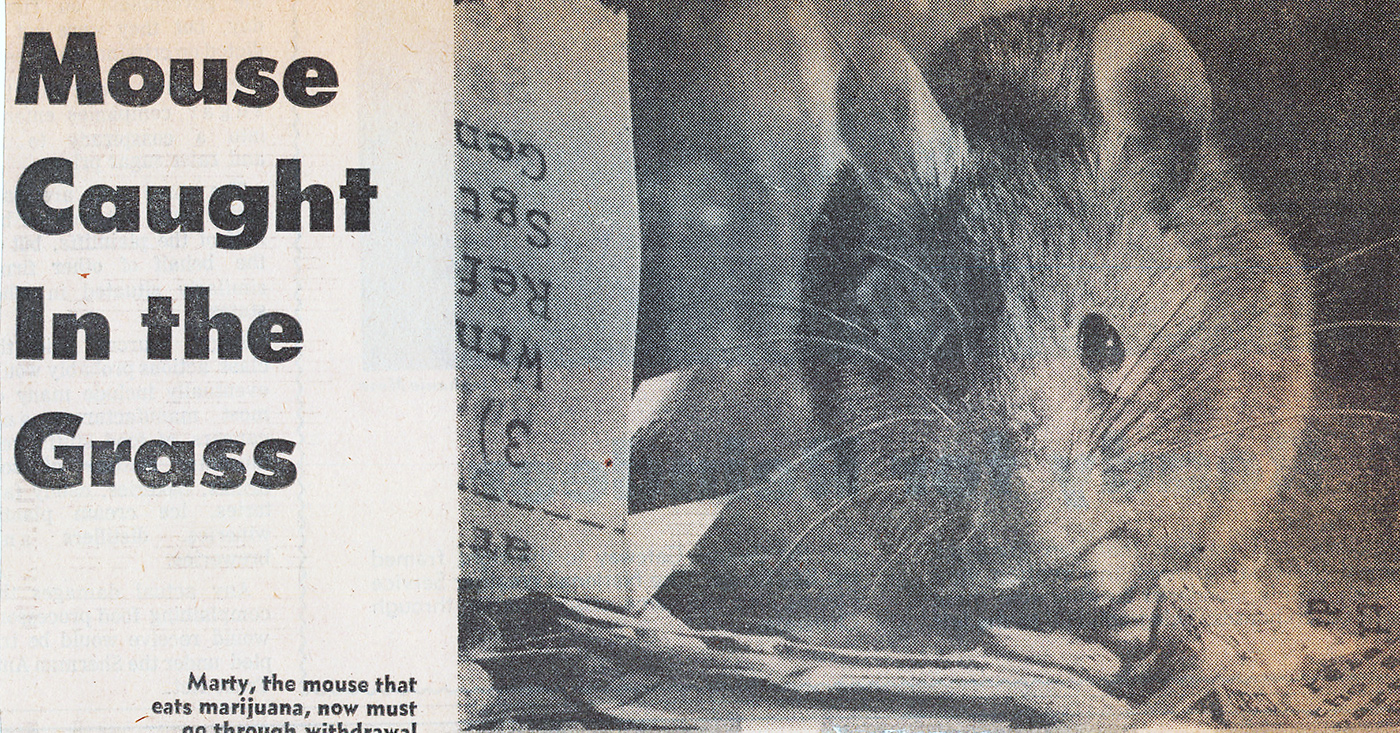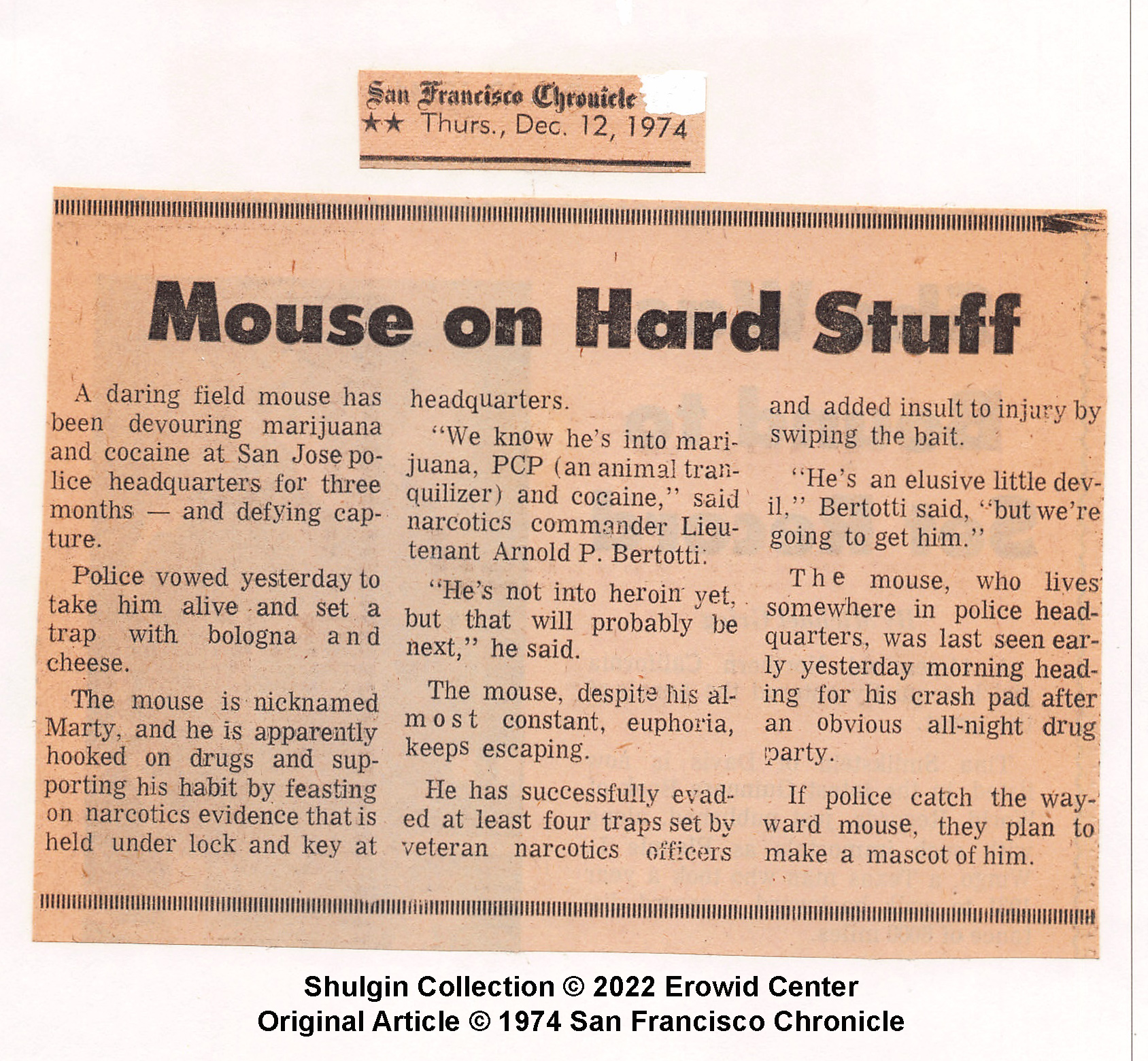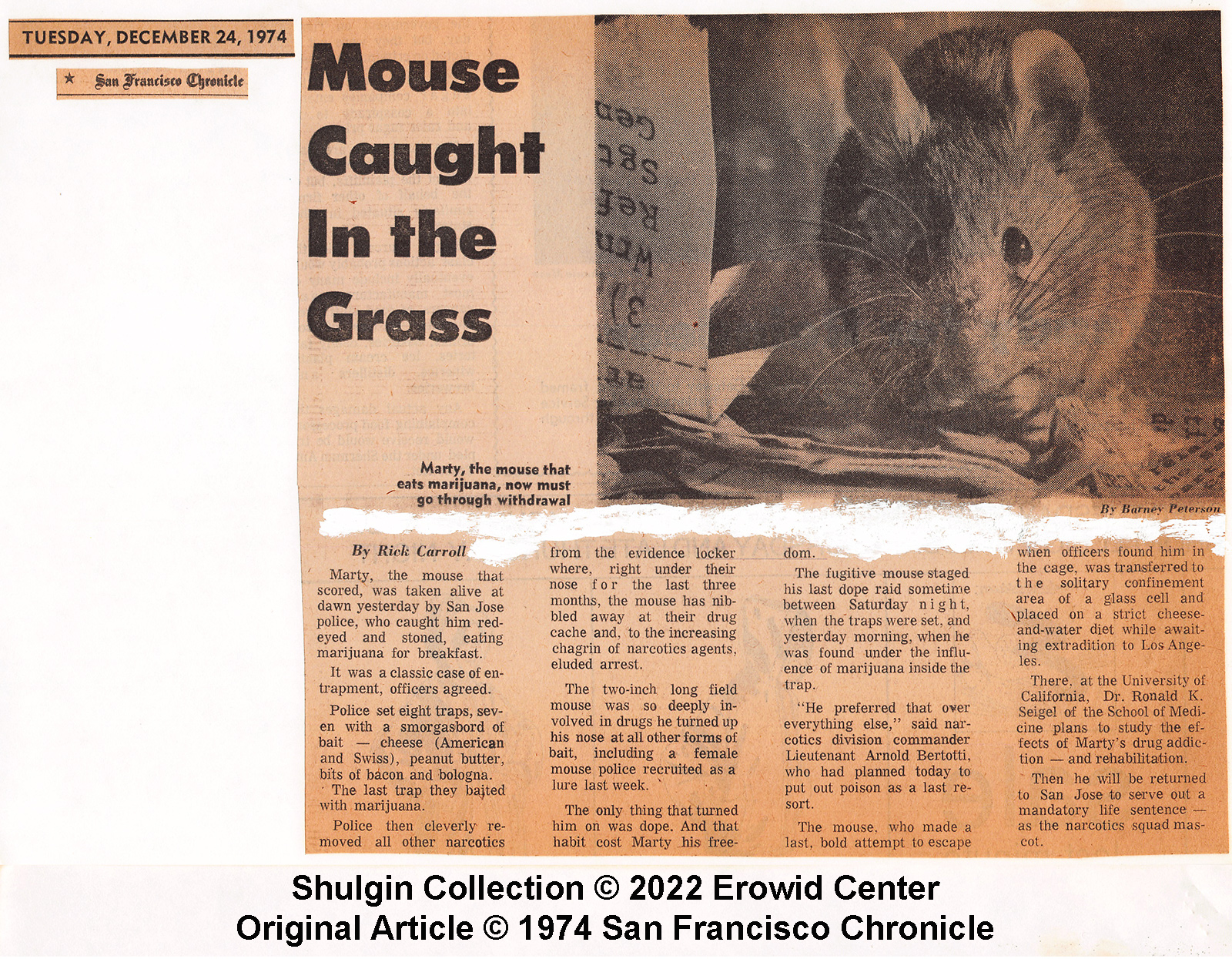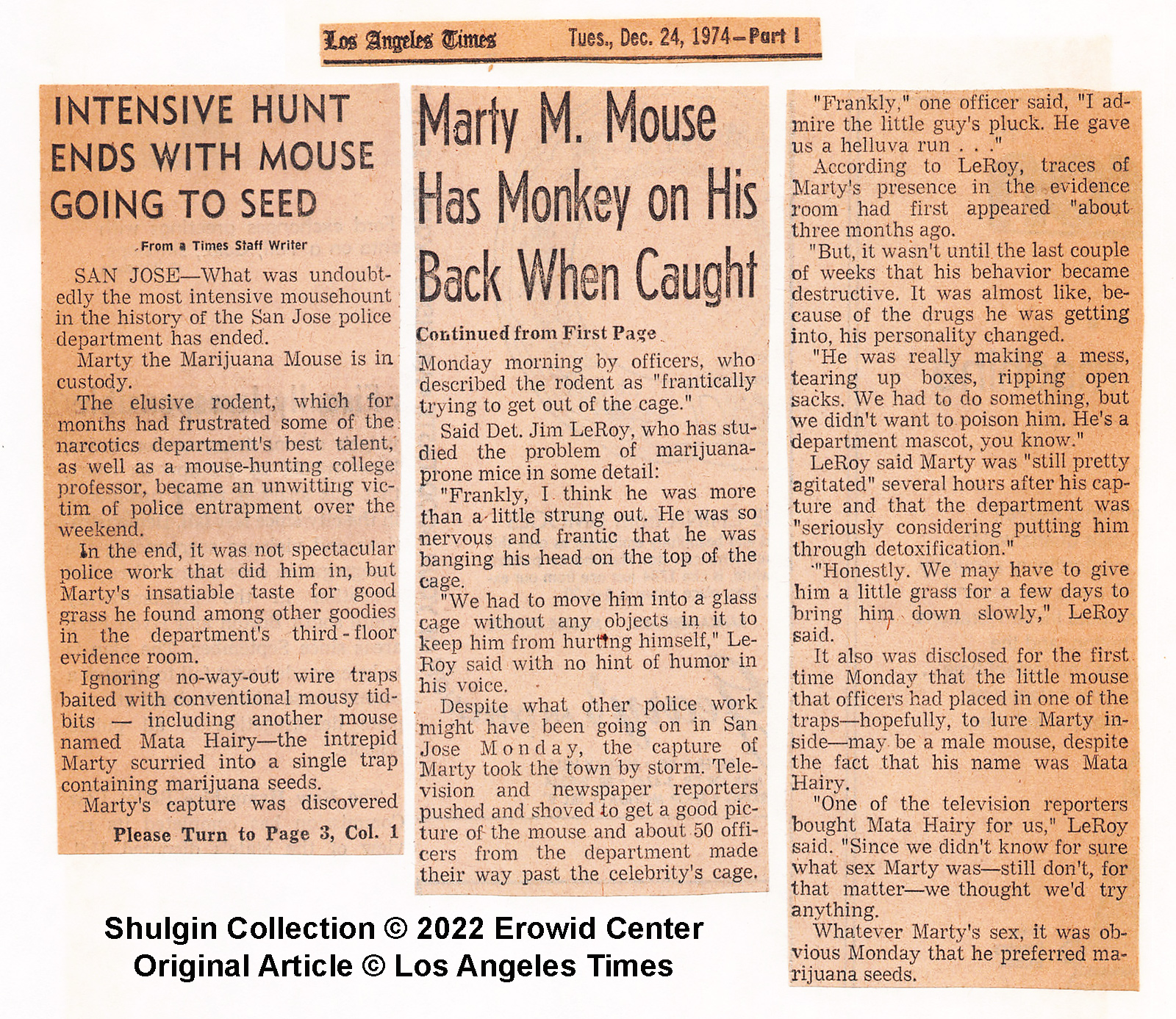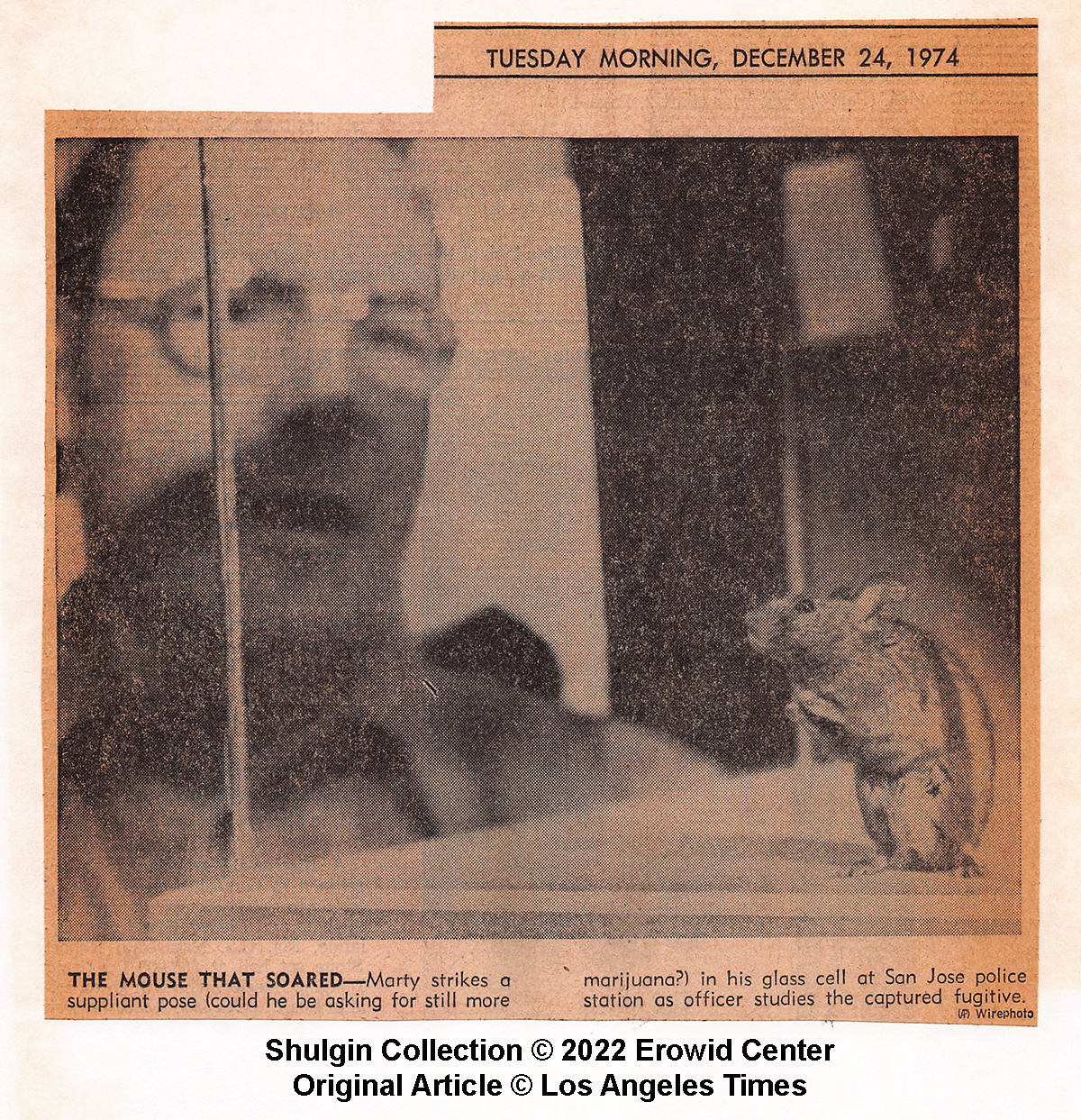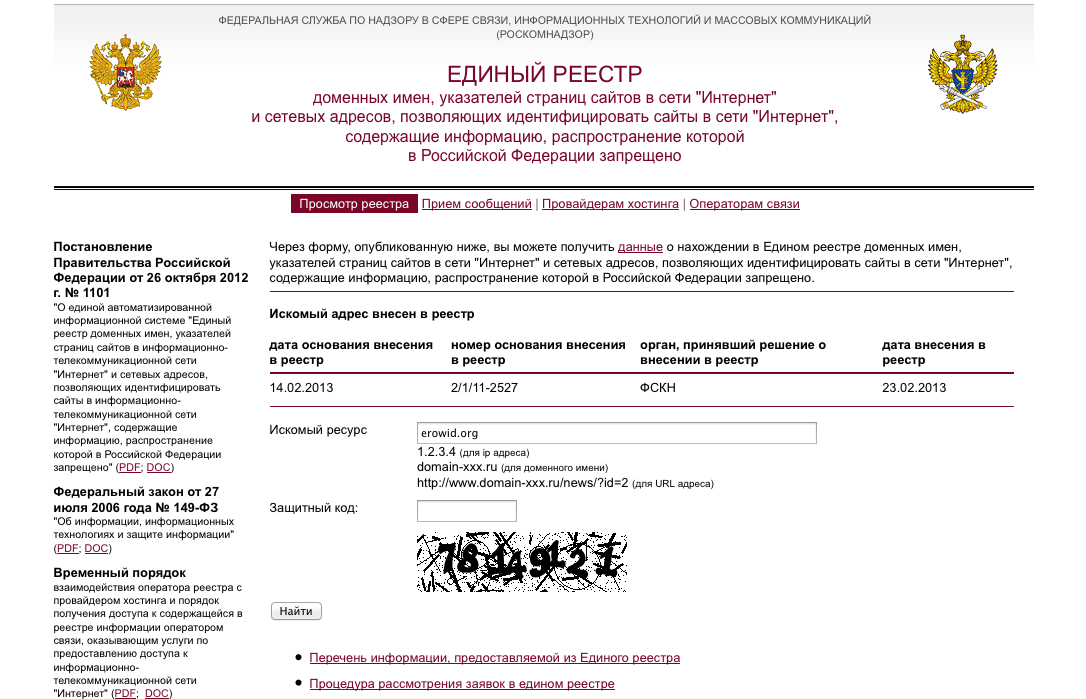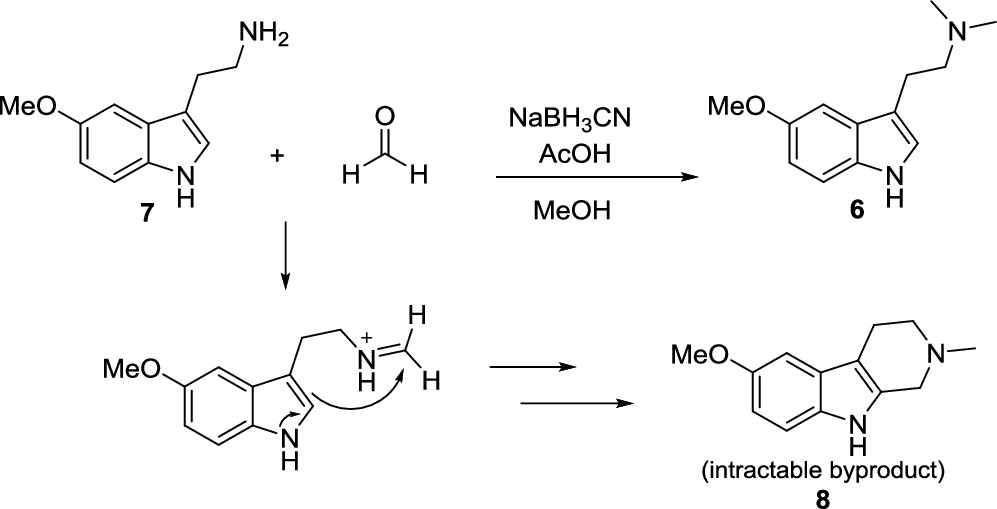
— By The Erowid Crew
We have made tons of progress on the Shulgin Archiving project.
We are very close to being done with the digitizing process. Practically speaking, all paper documents have been scanned: over 250,000 unique documents. The final count will be complete once we finish “the Metadata Process”, since some of the scan PDFs contain multiple documents and there will be some duplicates to remove.
The Metadata Process involves indexing and categorizing all the documents. The first pass requires trusted members of the Erowid Crew to review each scanned file and record the document type, date, author, title, keywords, and a brief description. But the most important part of this first pass is reviewing each document for privacy concerns.
The Shulgin Archive includes a complex mix of document types, including private communications that describe illegal activity, medical records, checking account ledgers, and receipts. Many items have no privacy concerns, some will require redaction before sharing, others need to be embargoed for a period of time, and some should never be part of any archive. As of September 2023, the Erowid Crew has created first-pass metadata entries for 50,000 PDFs.
One of the last sets of materials left to be digitized is the Shulgins’ collection of approximately 40,000 photographs. This has been held up due to the the cost of professional scanning, but we’re hoping our 2023 September Drive will raise enough financial support that we can begin high-resolution photo scanning in October or November 2023. In the meantime, the photos are being stored in a temperature-controlled, secure location. For more about the Shulgin Archiving Project and its funding needs see our September 2023 Update PDF
Despite not yet being able to share the full collection publicly, we’ve picked out a few documents to spotlight. The first example is an untitled page of writing by Alexander Shulgin, circa 2007. It was scanned out of Sasha’s office’s main filing cabinets, from Cabinet 6, Drawer 2, in a hanging folder labeled “Papers in Press / Being Written / Thought About”: Untitled “Many, many years ago… “
There are lots of interesting pieces. A draft Sasha wrote in December 2001, obviously intended for what Ann & Sasha called “Book Three”— meaning the third book in their PiHKAL, TiHKAL, and ?iHKAL trilogy—muses about mortality and death, with some highly personal elements, a signature feature of their P/TiHKAL writing style. It contains some beautifully relevant thoughts on what will happen to Sasha’s “strange collection” of stuff: “Mortality” (draft 2001-Dec-28) 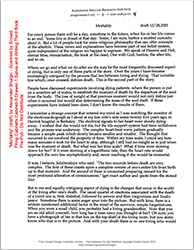 .
.
The third example is a gem that we can thank Keeper Trout and Tania Manning for finding. Rather than organizing all of his correspondence in his filing cabinets or in his various “basements”, Sasha saved some written communications tucked in the pages of books they were related to. After realizing this, Trout conducted an exhaustive search through the pages of all the books shelved in Sasha’s office. A letter from Richard Evans Schultes was found in a copy of Schultes’s Where the Gods Reign: Plants and Peoples of the Colombian Amazon (1988). The content is curious, not super important, but a hidden treasure nonetheless: Letter from R.E. Schultes to A.T. Shulgin (1991-Nov-13)  .
.
We are looking for more people to help with the Shulgin Archive, though we promised Ann & Sasha personally and contractually that the first-pass privacy review would only be conducted by people with whom we have an established relationship of trust or who were close to the Shulgins. We will soon be looking for people to help with the second pass of the Metadata Process. Let us know if you’re interested in helping get the collection in shape for public display.
And please consider contributing to Erowid’s 2023 September Drive so that we can get the photos scanned!


